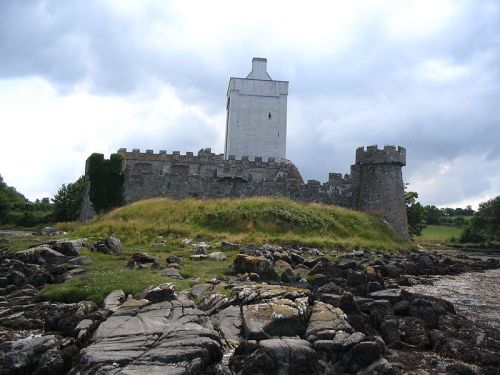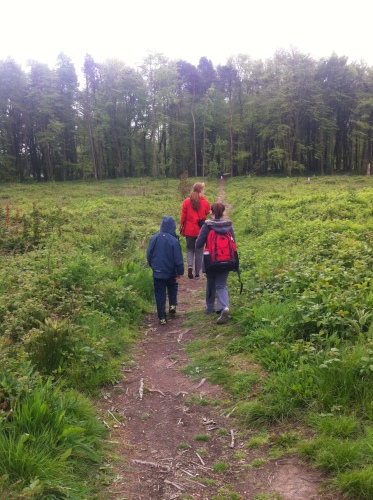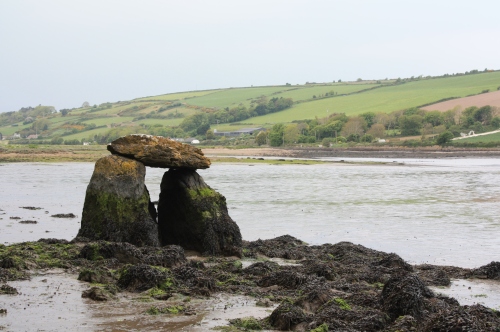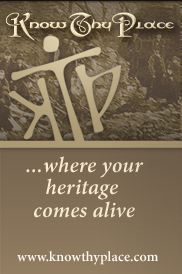For many of the Irish diaspora the defining characteristic that reminds them of their ancestry is their surname. In instances where genealogy cannot provide the answers as to your direct origins, surnames often offer the only hint as to where your families origins may lie. The majority of Irish surnames are associated with a particular geographic area on the island, and even though these names have now spread across both Ireland and the globe, the densest concentrations are often still to be found in the historic areas where they originated.
A surname can provide not only a sense of place but also a tangible link to the archaeology and history of a specific area or county. Sites survive today that are testament to this fact. For example a visitor to Co. Donegal would be struck by the number of monuments relating to the O’Donnell family, from their traditional inauguration site at Doon Rock to the impressive castle in Donegal town. This is a direct result of the fact that the O’Donnells were the Gaelic lords of this territory during the medieval and early post medieval periods. A similar picture emerges throughout much of the country, particularly if you share your surname with some of the great Irish families, be they O’Briens in Co. Clare, O’Neills in Co. Tyrone, Maguires in Co. Fermanagh or MacCarthys in Co. Cork and Co. Kerry.
Even if your surname is not derived from one of the great lordships it still possible that it has particular associations with a specific county or province. In a Gaelic Irish context, many families traditionally held lands and important roles beneath the major lord which can still be identified. To again take Co. Donegal as an example, anyone with the name Friel is also associated with that county, and indeed the family performed an important role in the inauguration of the O’Donnell lords. Some of the most important branches of the Sweeney family held lands under the O’Donnells, and they originally served as Gallowglass warriors for them. It may be that your family name relates to a group who performed important tasks for the lords of a specific area, which can range from functions such as professional soldiers, hereditary bards or even physicians.
Not everyone with an Irish lineage necessarily has a Gaelic Irish surname. Nonetheless many non-Gaelic names can also be traced to specific counties where they had a profound impact on the archaeological landscape. They can be of Viking, Norman, Scottish or English origin, and are equally important to the history of the island of Ireland. For example your surname could relate to one of the Norman lordships that sprang up around the country from the 12th century onwards, be connected to one of the English families that settled around major cities such as Dublin during the medieval period, or be part of the rich Scots-Irish heritage seen in Ulster with its roots in the 17th century.

Doe Castle, Co. Donegal, where the MacSweeneys of Doe held lands from the O'Donnells (Wikimedia Commons)
Even if you don’t know where your direct Irish family hailed from, you can still explore the archaeology of specific regions and counties in Ireland, where people with your family name helped to shape the island as we know it today. Of course, if you want to find out more about the archaeology of a specific county in Ireland, why not consider a Know Thy Place County Chart, which will be a constant reminder of your Irish archaeological heritage!








